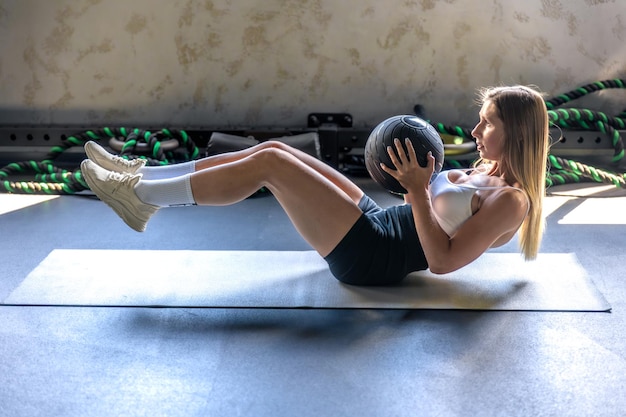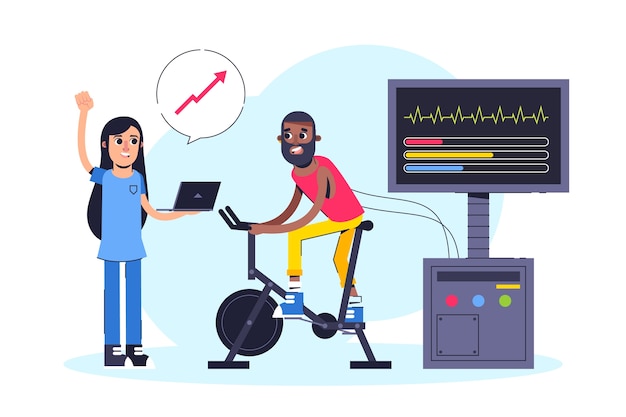As men enter their 50s, maintaining cardiovascular health and endurance becomes more critical than ever. With shifting metabolism, joint sensitivity, and recovery time, choosing the right cardio strategy can make all the difference. Two popular approaches dominate the fitness world: High-Intensity Interval Training (HIIT) and steady-state cardio. But which one is better for building endurance—especially for men over 50?
Let’s break down the science, benefits, and practical applications of both, and help you make an informed decision backed by research and real-world results.

HIIT involves short bursts of intense effort followed by rest.

Steady-state cardio includes sustained, moderate activity like walking or cycling.
High-Intensity Interval Training (HIIT) alternates short bursts of near-maximum effort (e.g., 30 seconds of sprinting) with low-intensity recovery periods (e.g., 1–2 minutes of walking). A typical session lasts 15–30 minutes.
Pros of HIIT:
However, HIIT places significant stress on the heart, joints, and nervous system—factors that require caution as we age.
Steady-state cardio involves maintaining a consistent, moderate intensity for 30–60 minutes—such as brisk walking, cycling, or swimming. Low-Intensity Steady State (LISS) is a subset often used for fat burning and recovery.
Pros of steady-state:
Endurance isn’t just about how long you can run—it’s about your cardiovascular system’s ability to deliver oxygen efficiently over time. Research, including studies from the Institute of Sports Medicine in Hannover, suggests that steady-state cardio may be just as effective as HIIT for improving overall physical fitness and endurance, especially in older adults.
While HIIT can boost VO2 max rapidly, steady-state training builds a stronger aerobic foundation—the engine that powers long-term endurance. For men over 50, this foundation is essential for sustainable energy, heart health, and injury prevention.
You don’t have to choose one over the other. The best approach is often a balanced mix, tailored to your fitness level and goals.
This balance supports endurance gains while minimizing overtraining and joint strain.
To stay motivated and see real results, track these key metrics:
Staying consistent is half the battle. Use these mental cues:
For men over 50, steady-state cardio offers a safe, effective path to building lasting endurance. HIIT can complement it—but shouldn’t replace it entirely. The key is consistency, recovery, and listening to your body.
Whether it’s a morning walk, a weekend bike ride, or a short interval session, the best cardio is the one you can sustain for years to come.

Fitness

Fitness

Fitness

Fitness

Health

Fitness

Fitness

Fitness

Fitness

Fitness

Health

Fitness

Health

Fitness

Health

Health